 SELECTED
ISSUE
SELECTED
ISSUE
|
|
Leisure Management - Staffless gyms

Everyone's talking about

|
|
| Staffless gyms
|

For 24/7 operators, being staffless at night is commonplace,
but with rising costs and staff shortages, could we see more health
clubs being unstaffed around the clock? Kath Hudson reports
|
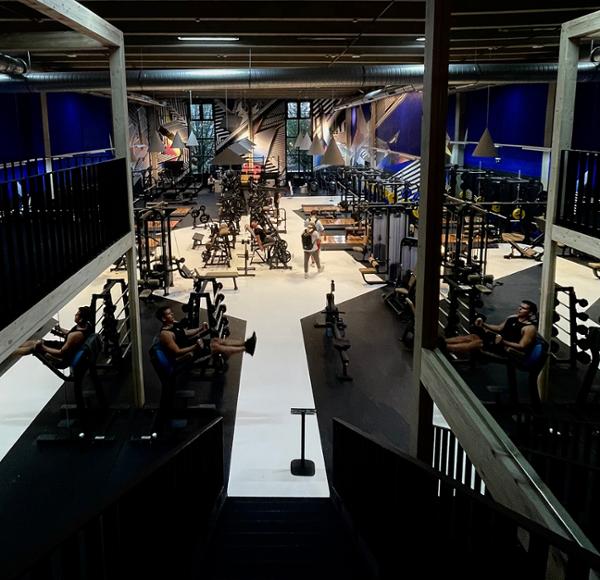
After a large upfront investment, running costs are reduced photo: Twenty Four Gym
|
|
Philipp Maier
Founder, Twenty Four Gym

photo: Twenty Four Gym
My staffless, automated club concept, Twenty Four gym in Germany, works very smoothly and is ideal for the target audience who wants to get a top product at low prices. The market for the population who are confident in the gym and just looking for a facility to work out is getting bigger.
Going forward, discount studios will be pressurised to change their product to cope with factors such as rising costs and a shortage of skilled workers, so I expect the market to split: on the one hand into fitness clubs where the service of people is the focus and on the other hand into completely digitalised fitness clubs without staff.
A staffless facility can be safely implemented by automating and digitalising all processes, targeting the right audience and using features such as video surveillance, quality management and loyalty bonus concepts to make members look out for the club themselves.
Insurances might increase a bit, but with a good monitoring and strict requirements this is not a problem. The technology requires heavy upfront investment, but this reduces costs permanently, which allows the product to be offered at a more favourable price.
Combining low price with good facilities is only feasible with less service. The reputation of the sector will be little affected by a move towards staffless gyms, as in the future, the market will be split between these two fields: those with human service as the main focus, or low price, high value, automated, staffless gyms.
The market for people who are confident in the gym and looking for a facility to work out is getting bigger
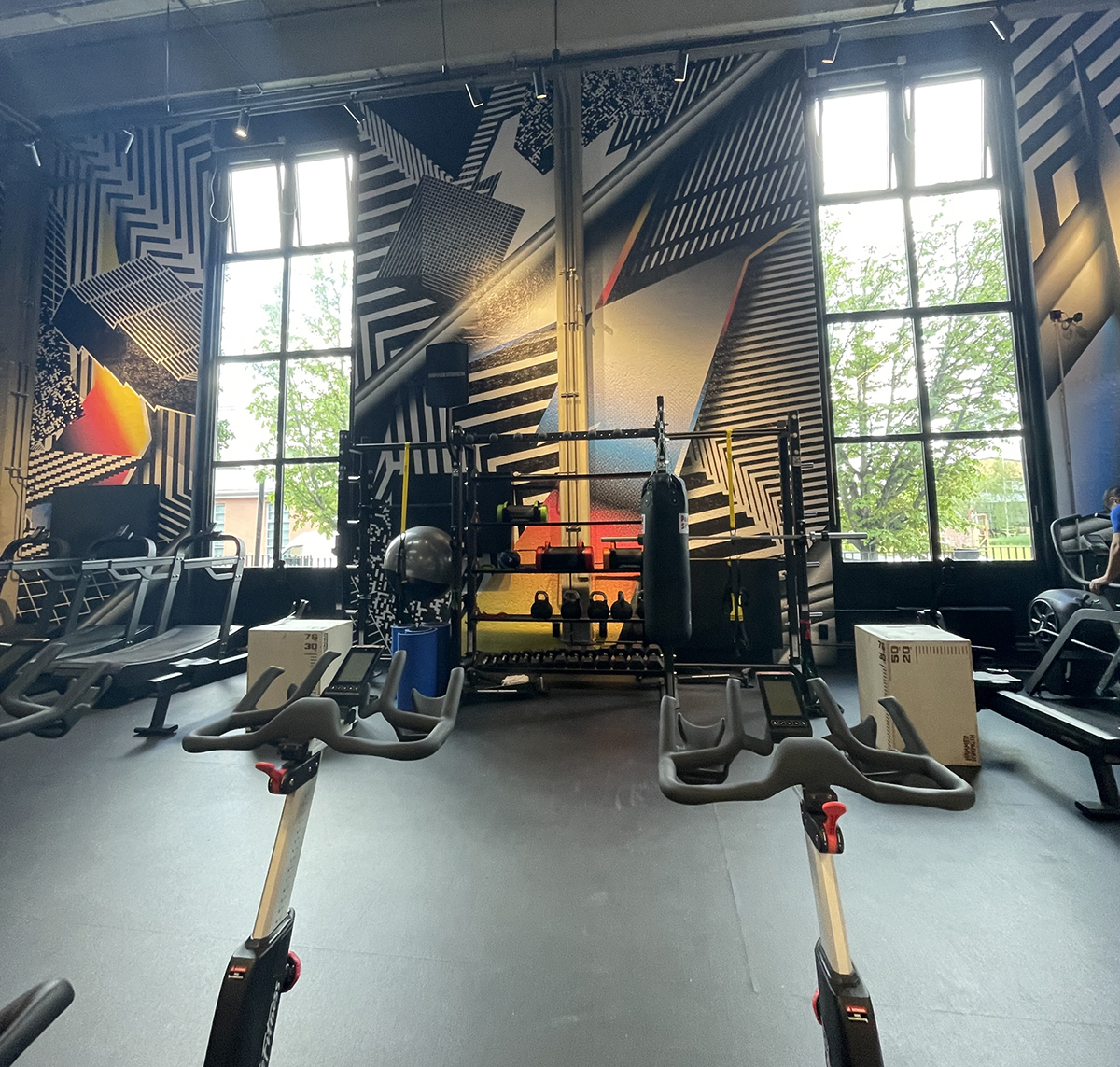
Staffless gyms enable a lower membership price explains Maier / photo: Twenty Four Gym
Neil Randall
Anytime Fitness

photo: Anytime Fitness
The industry has been heading in this direction for a while, removing the membership advisor role in favour of driving online joiners. Although Anytime Fitness clubs are unstaffed overnight this isn’t something we’re looking to extend into the daytime hours, as coaching, community and culture are such integral parts of our member experience. Consumer feedback has shown there’s still so much value in having a friendly team present to welcome members and provide support and our feedback reveals members consistently rank the friendliness and performance of our teams as one of the highest metrics.
Over time I think staffless gyms would lessen the appeal of the fitness industry by simply providing a facility for people to exercise in, when we should be more of a hospitality-focussed industry.
At a time when our sector is striving to demonstrate its essential status to the government and the wider population, staffless gyms project the opposite impression.
The majority of the population are under-equipped with knowledge when it comes to living a healthy lifestyle, and staffless gyms wouldn’t give them the necessary coaching, motivation and support to make lifestyle changes. Furthermore, research from within our sector has shown many people are intimidated by setting foot in the gym, something staffless gyms would heighten when visitors are faced with a room of equipment they don’t know how to use.
For a mid-market operator, such as ourselves, a key selling point is the availability of highly-trained teams and personalised coaching, so a move to going staffless is going completely in the wrong direction. A key part of our future strategy is transitioning our clubs to an employed coach model, meaning coaches would spend more time within the club and are able to build greater relationships with our members.
Our sector is striving to demonstrate its essential status. Staffless gyms project the opposite impression
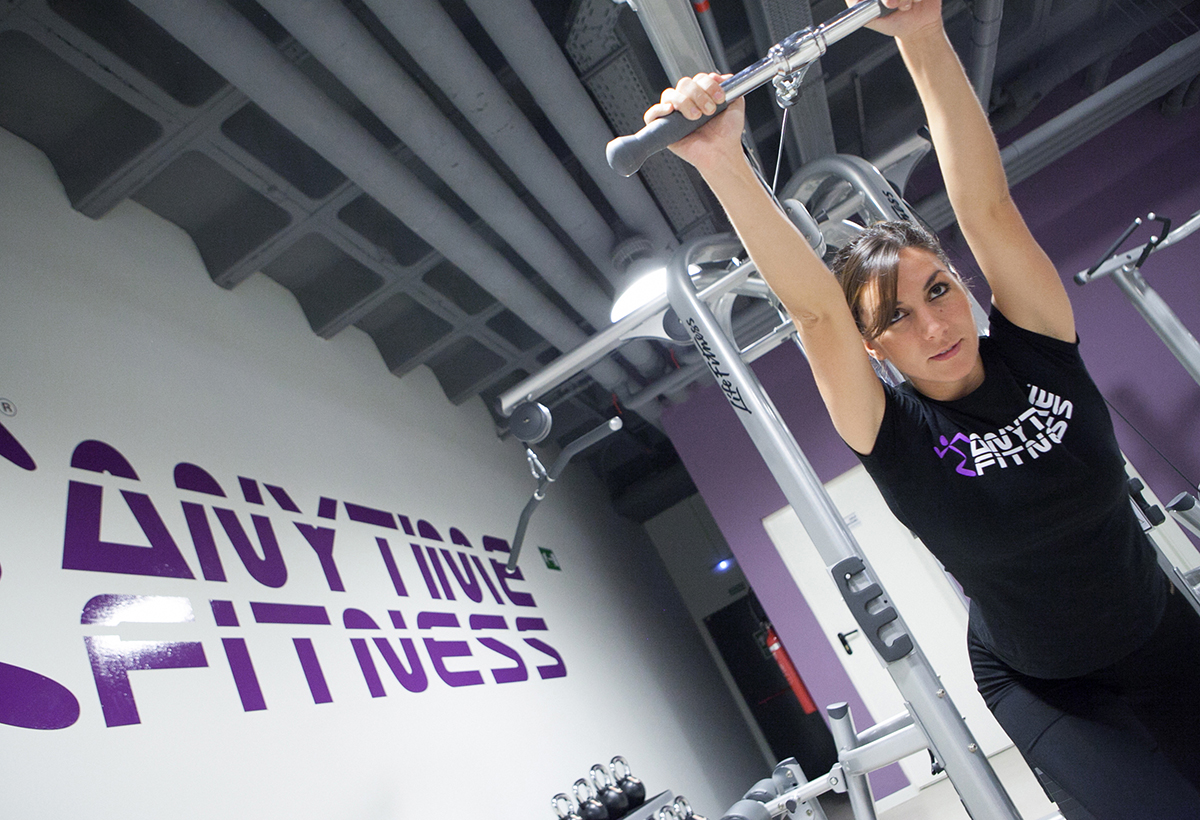
The majority of gym members still need coaching and support / photo: Anytime Fitness
Torsten Boorberg
Fit+

Fit+ has a target of operating at least 1,000 studios by 2027 / photo: Bernd Hanselmann / Fit+
Going forward, I believe there’ll be both fully unsupervised and hybrid models, depending on which strategy the operator chooses in their region.
Fit+ currently operates 208 unstaffed studios in 19 countries. Further master licenses have been granted to Asia and the USA and our growth envisages operating at least 1,000 studios by 2027.
Security is an issue at various levels. Firstly, safe access to the studio and secondly the safe execution of exercises. The technical requirements for access and security of surveillance with cameras and panic functions are guaranteed in our system and work well in all countries.
The safe execution of exercises is always improving, simply because people bring a lot more fitness experience with them now the industry has matured. Like skiing or tennis, after a while you don’t need a coach to have fun or get results in the gym. The younger audience are comfortable using digital media and we offer digital training, along with exercise instructions which can be called up via QR code. For those members who require some professional input, we offer personal training.
Our staffless concept has allowed us to extend into rural areas: our USP is that we are often the only studio in the area. This blue ocean strategy helps us to break even very quickly and operate the studios successfully without incurring high sales and marketing expenses. We are also running the first women’s gyms in larger cities: our staffless system works there too, because we offer something special. Further systems are planned.
Our staffless concept has allowed us to extend into rural areas. We’re often the only available studio

The Fit+ model includes women’s gyms in larger cities / photo: Shutterstock/gpointstudio
Julia McMullan
Pure Gym
Staffless gyms offer accessibility, flexibility and affordability for members and suit those who have to workout at night – such as shift workers – or choose to because it’s quiet. Appropriate safeguards do need to be put in place, otherwise they could pose some risks to members, operators and the reputation of the sector, however, this is undoubtedly the direction in which the industry is going.
For many years, Pure Gym has been successfully operating a staffless model during parts of the week and we’re looking at usage patterns to see if we could extend this to other locations. We’re also looking to expand more small-box gyms into smaller catchment areas. By virtue of their size and design these gyms require fewer team members for classes, cleaning and re-sets, which makes it more feasible to run extended unstaffed hours. This is a really exciting prospect, as it means we will be able to bring Pure Gym to even more locations and provide flexible, affordable, high-quality fitness facilities on peoples’ doorsteps.
Incidents or health emergencies are very rare, however, if something were to happen, we are well-placed to provide immediate support. We have CCTV cameras, with two-way communication with the CCTV team, as well as safety stations with automated external defibrillators, first aid kits and emergency help points.
Safeguards do need to be put in place, however, this is undoubtedly the direction in which the industry is going
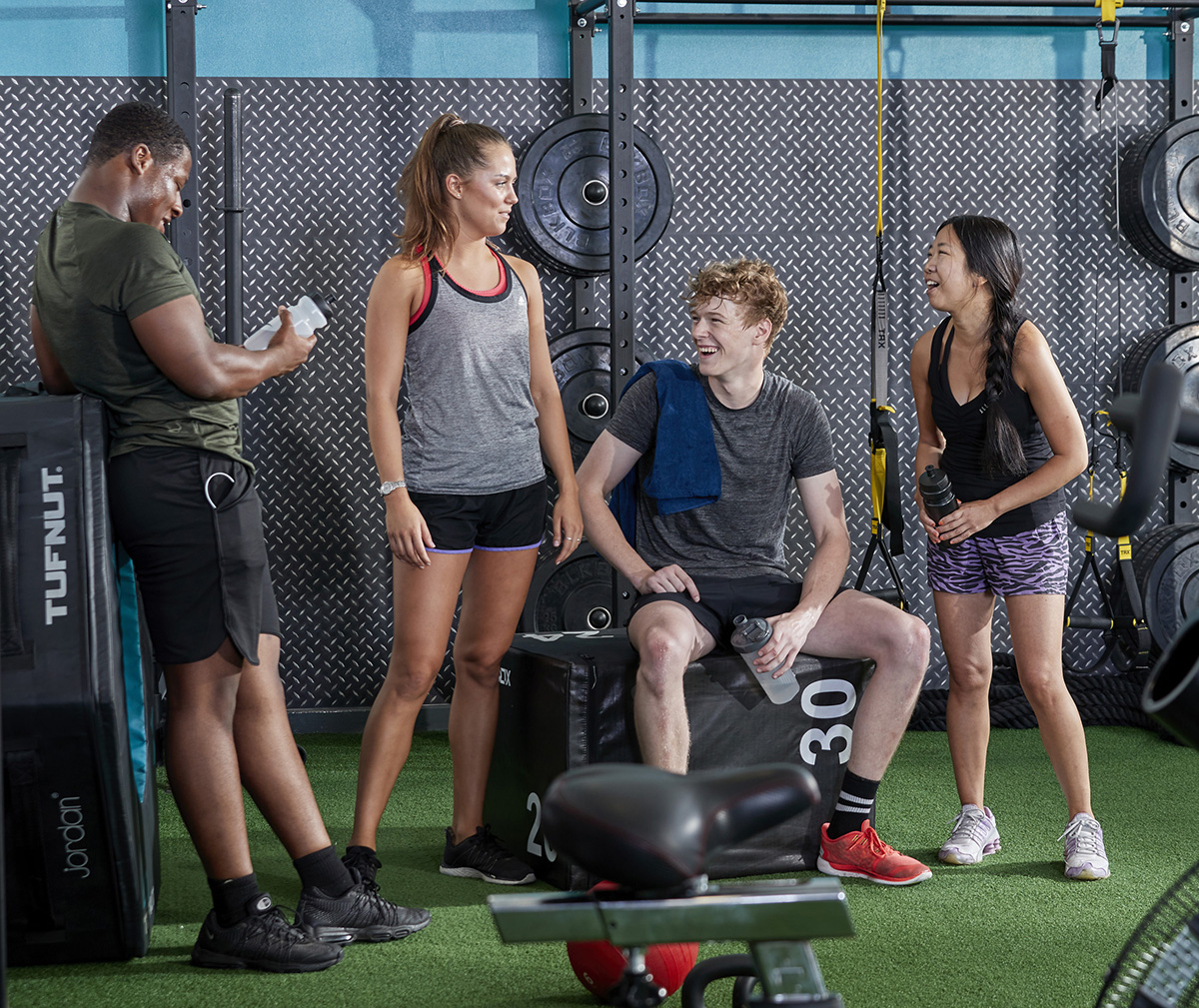
Staffless gyms offer many benefits for members, says McMullan / Pure Gym
David Melhuish
The Gym Group

photo: The Gym Group
Running unstaffed, remotely supervised gyms enables us to ensure we can maximise the availability of our teams on the gym floor at the busiest times and provide the best service to as many members as possible. As a 24/7 operator, it also controls operating costs at times when there is little value the teams can add. It is, therefore, an attractive option to operators and members alike. If delivered safely it offers a safe and convenient way for people to exercise and helps break down barriers to health and fitness.
Safe operation of a staffless environment needs sophisticated technical infrastructure to support remote supervision and the provision of high quality information to members to enable good decision making and support good member behaviour. Unfortunately, there are always going to be incidents which cannot be fully mitigated against, such as a member becoming unwell, and it’s essential to have robust emergency plans in place which remote teams can follow easily and quickly.
We’ve been working closely with our primary authority to understand any regulatory challenges and ensure our processes are thoroughly trialled and tested. Likewise, keeping insurers informed supports in understanding any liability risk. Even when gyms are unstaffed, operators still have a requirement under the Management of Health and Safety at Work regulations to ensure all the operational procedures have been taken through a rigorous risk assessment process.
Safe operation of a staffless environment needs sophisticated technical infrastructure to support remote supervision
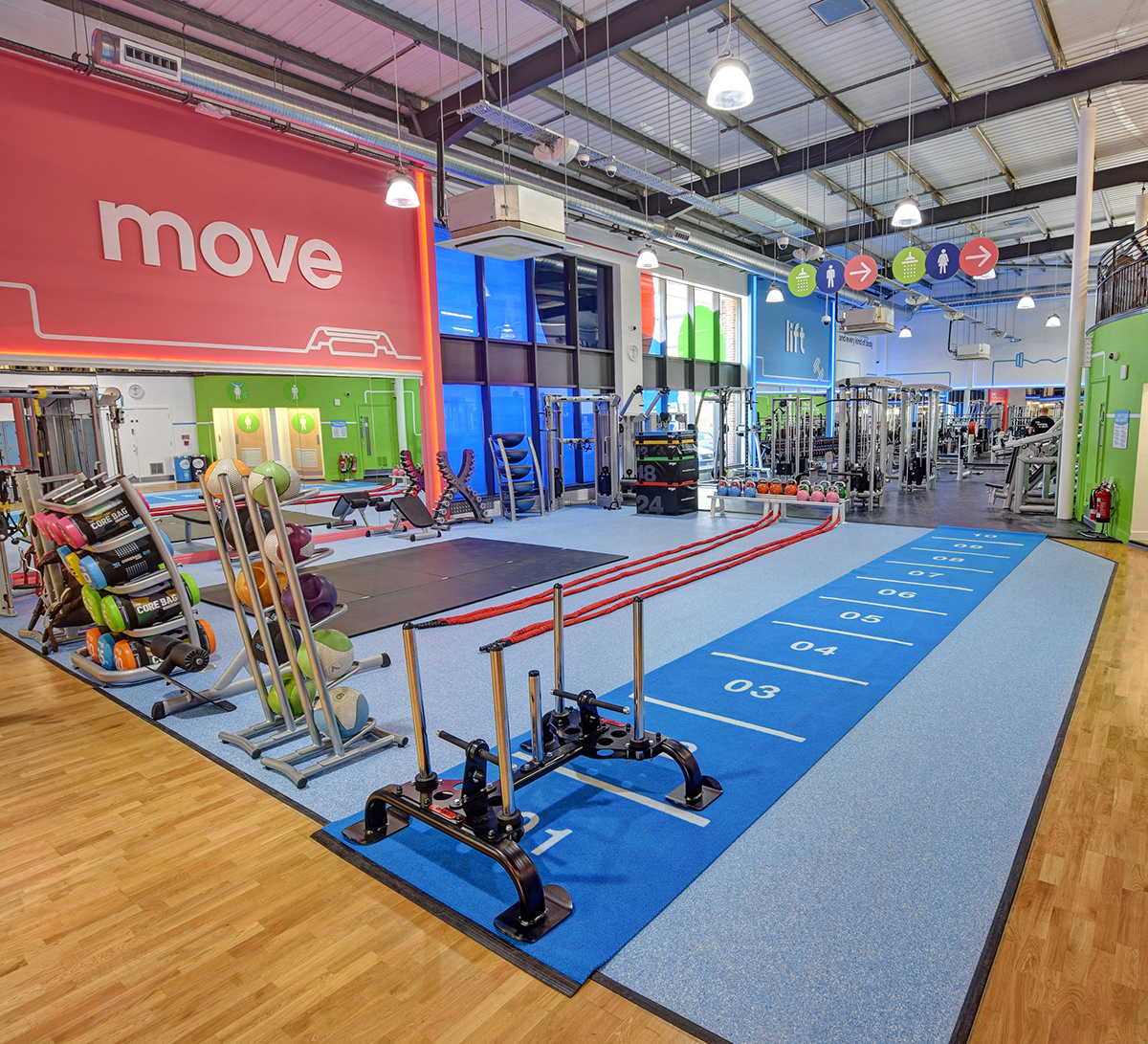
There should be robust plans in place in case of emergency, explains Melhuish / photo: The Gym Group
Tara Dillon
CIMSPA

Staffless gyms could feel ‘soulless’ and unwelcoming, says Dillon / photo: CHRISTIAN ANDERSON / CIMSPA
Whether or not we see more staffless gyms will come down to business models and whether it’s something a lot of customers are happy with. From a CIMSPA perspective we would certainly hope most operators and customers continue to see the value in having highly qualified and professional staff on hand.
I’m not sure the concept can be delivered entirely safely in all cases. People need assistance with using equipment safely, and what happens if there’s a need for first-aid or some other incident occurs with no member of staff on-site?
I would expect insurance for gyms to increase as the risk of injury to customers would be higher. I would also see it as a backward step for the sector as a whole. We’re trying to bring more of the population into taking part in sport and physical activity and at the end of the day it’s our people – not buildings or equipment – which have the ability to engage and motivate them.
Staffless gyms might work well for a small segment of the market, such as people who are very experienced and self-motivated, or for those who are only able to visit the gym outside regular, staffed hours. But personally I find them a bit soulless and think many others, especially women, could find them unwelcoming and even intimidating.
For most people, having professional, knowledgeable and friendly staff on hand to help is the best way to encourage them to visit the gym in the first place, and to keep them coming back.
Leisure-net research in 2020 found the number one thing people missed in lockdown was the motivation they got from gym or class instructors. Thirty nine per cent of male and 54 per cent of female respondents felt this way. Other Leisure-net data shows that the importance of staff friendliness and guidance both increase by age, with 97 per cent of 65-74s rating the support from gym staff as very or quite important.
Research from Leisure-net found the number one thing people missed in lockdown was the motivation they got from instructors
Ben Alderton
Solo 60

Studio 60 members are asked to report issues, explains Alderton / photo: Jameson Coleman Photography / SOLO 60
Solo 60 studios are unstaffed 100 per cent of the time, allowing PTs, or groups of friends, to book out the space for a private session.
The concept has proven very popular and across our five sites we’ve had 5,000 app sign-ups, more than 15,000 sessions to date, and have raised £1m from investors. We’re now progressing towards the EU, US and beyond to target hundreds of new locations.
Technology makes of all this possible. We use a robust booking system and a PIN-code lock to monitor entries, with CCTV and panic alarms for safety. Nobody has to check these, as they are automated via our tech, or when pushed by the user and let our central system know if there’s an issue. We also require our users to report any problems, in the same way as self-service products in other industries, such as Zipcar.
We’ve had zero major issues and only a handful of operational issues, such as internet outages and kit being left out. Each one we learn from and develop our processes to improve the service and find out the optimal way to run without staff.
We require our users to report any problems, in the same way as self-service products in other industries, such as Zipcar

Solo 60 staffless studios are rolling out globally / photo: Jessie Hawkes / SOLO 60
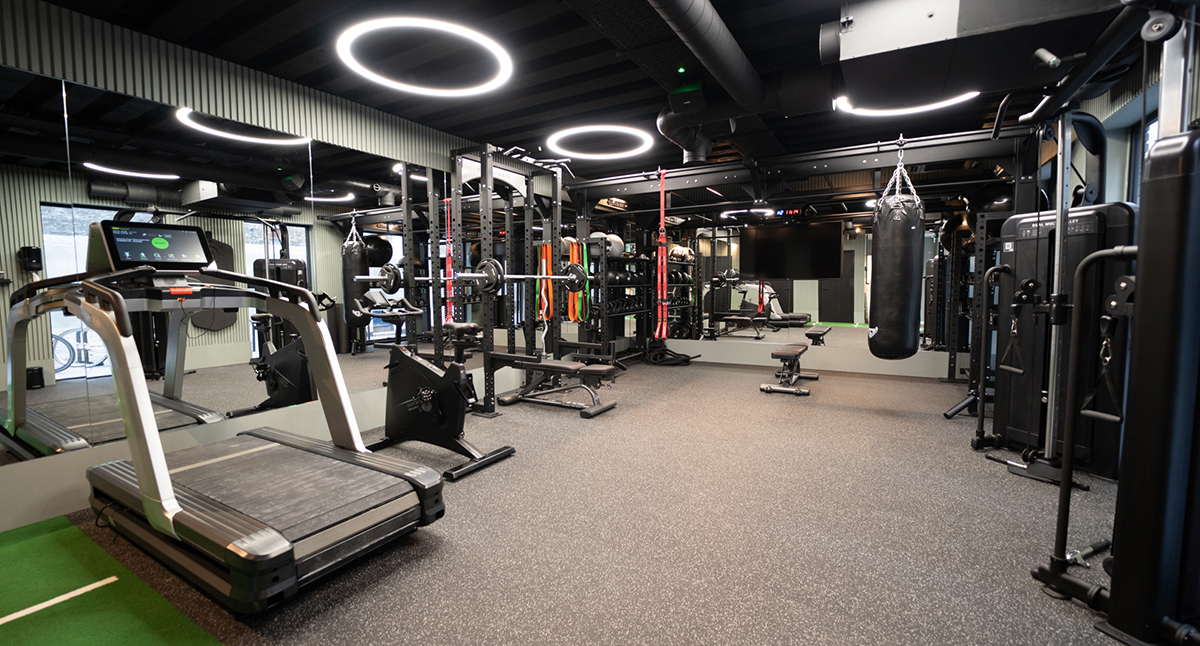
photo: Jessie Hawkes / SOLO 60
|
|
 |
| Originally published in Health Club Management 2022 issue 9
|
|
 |
|